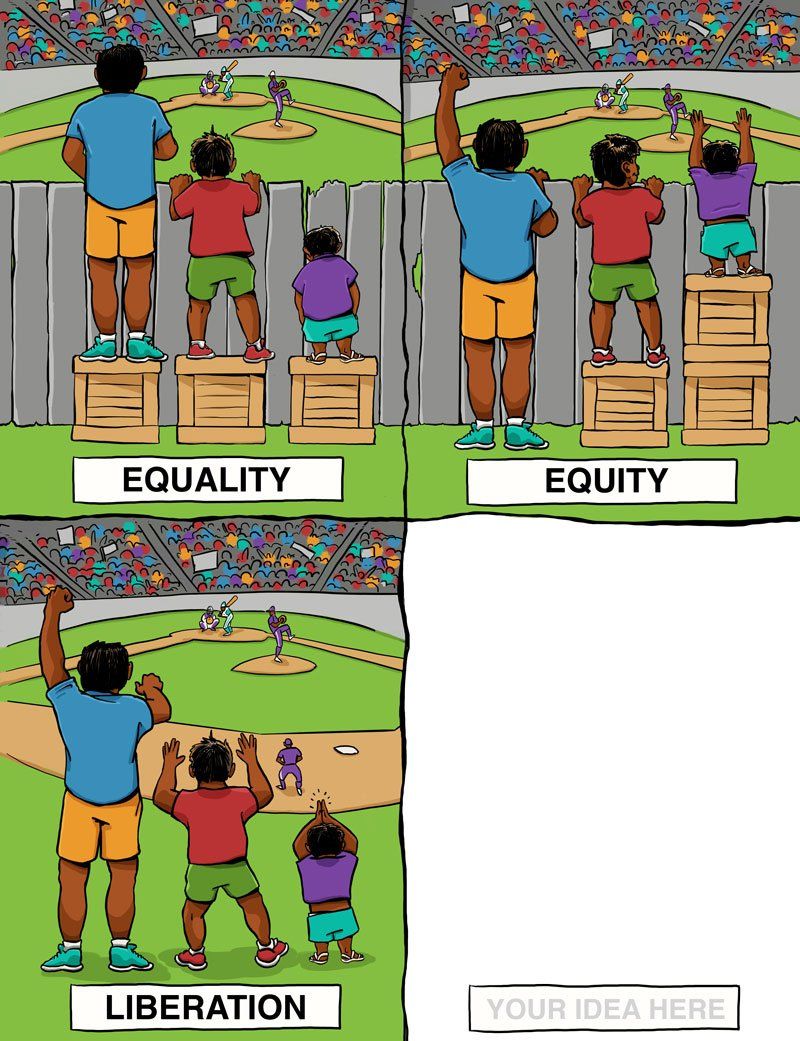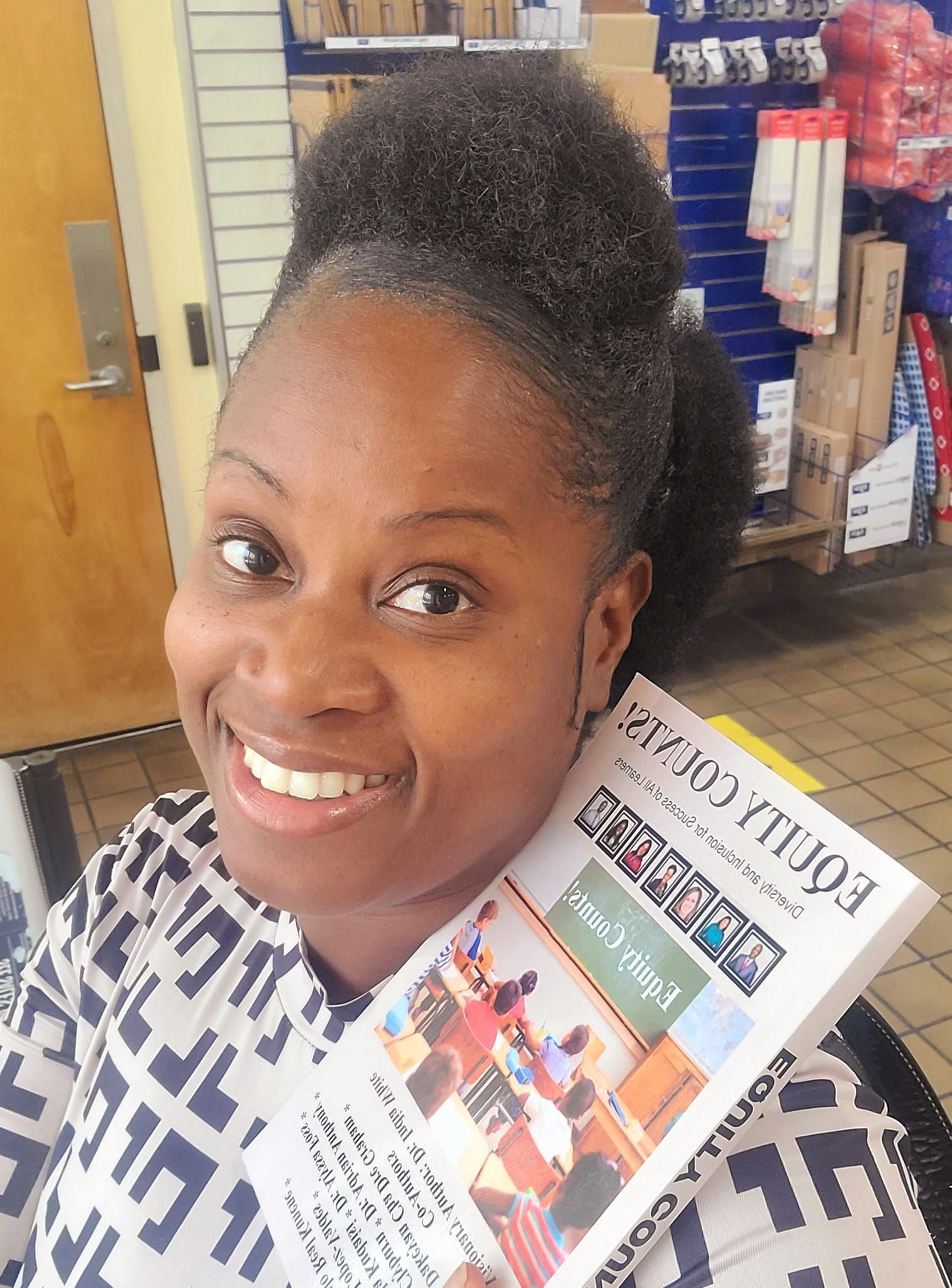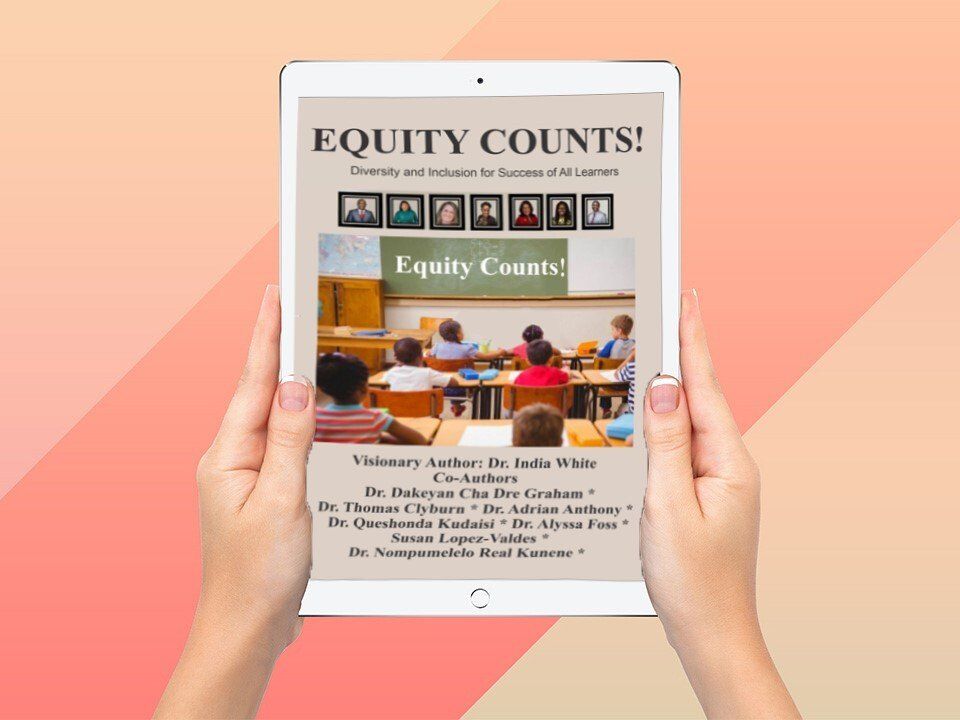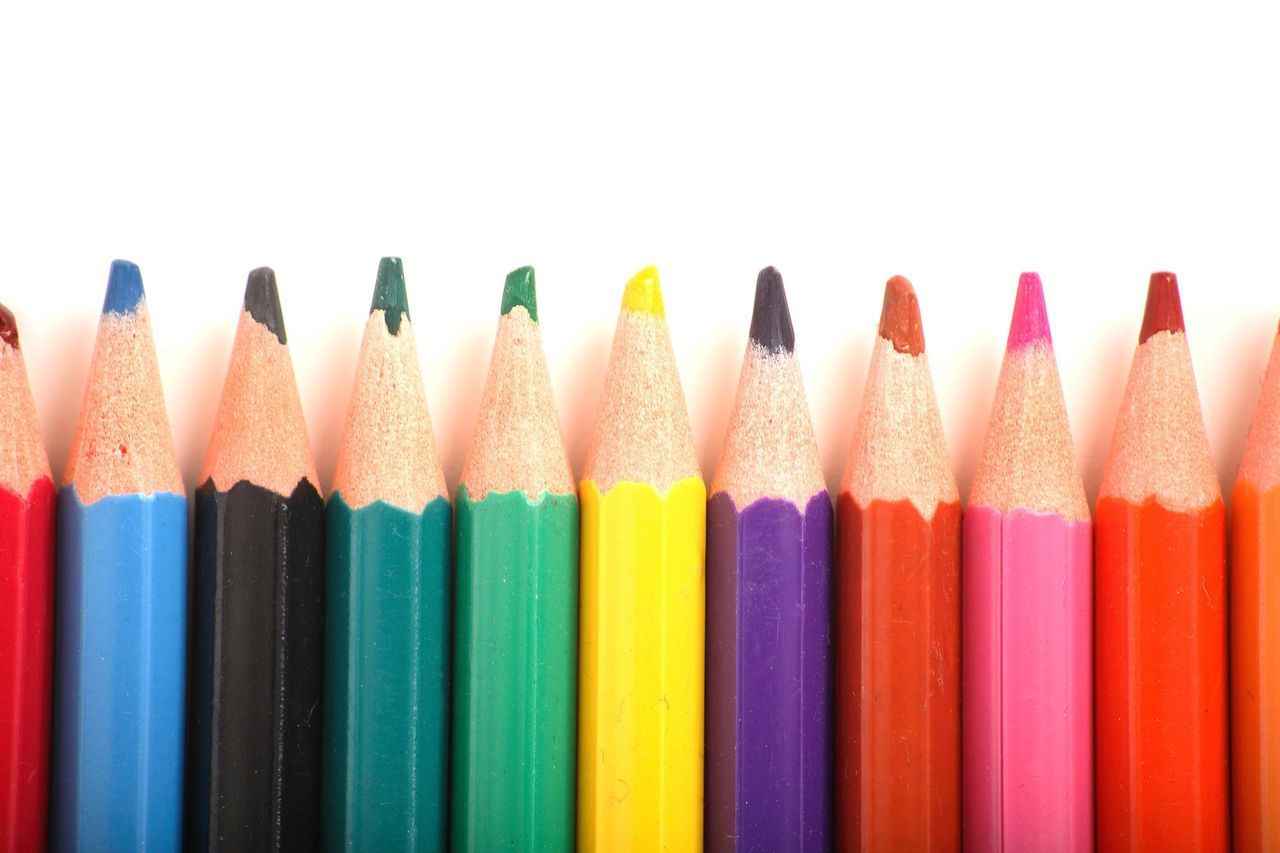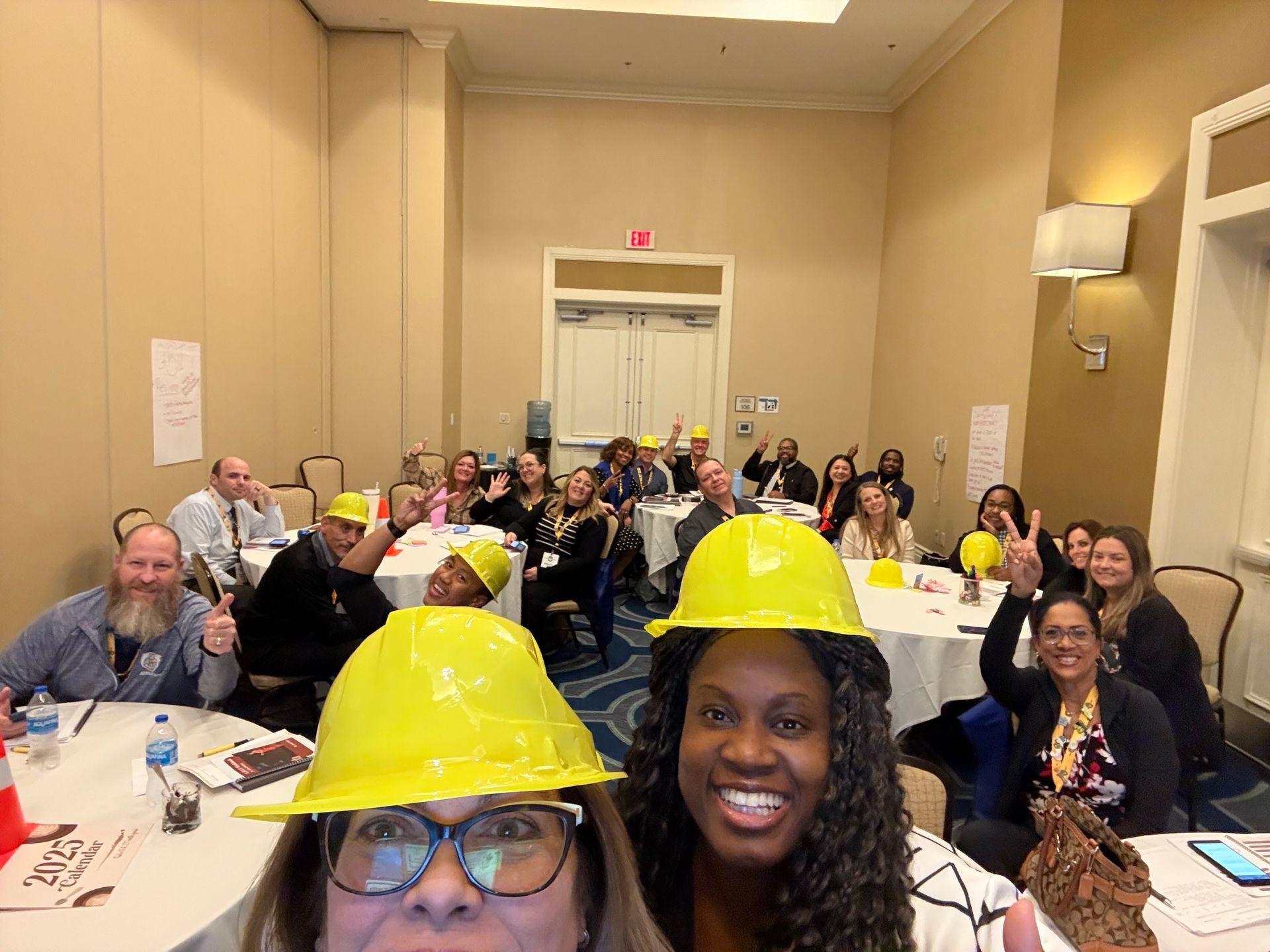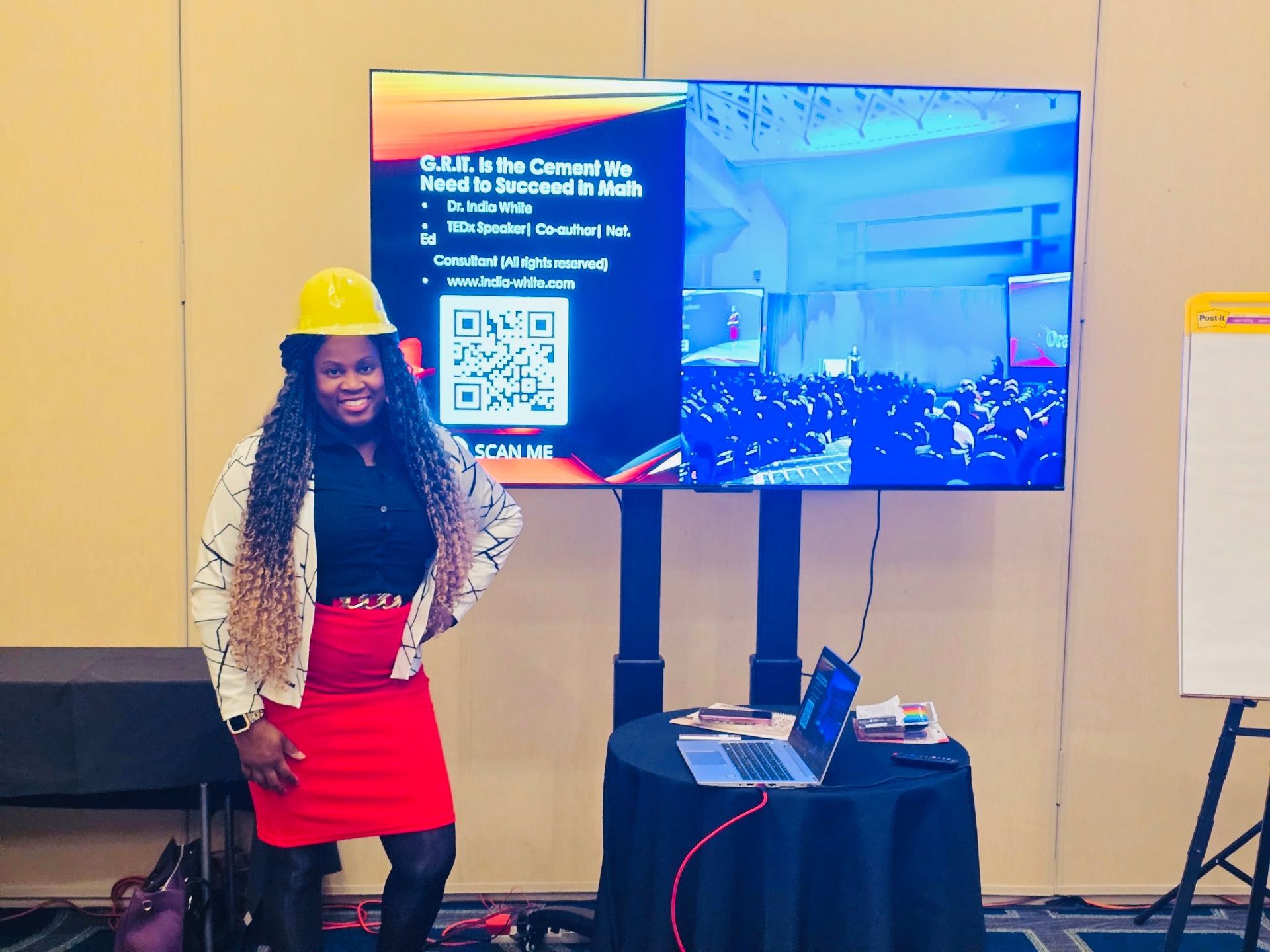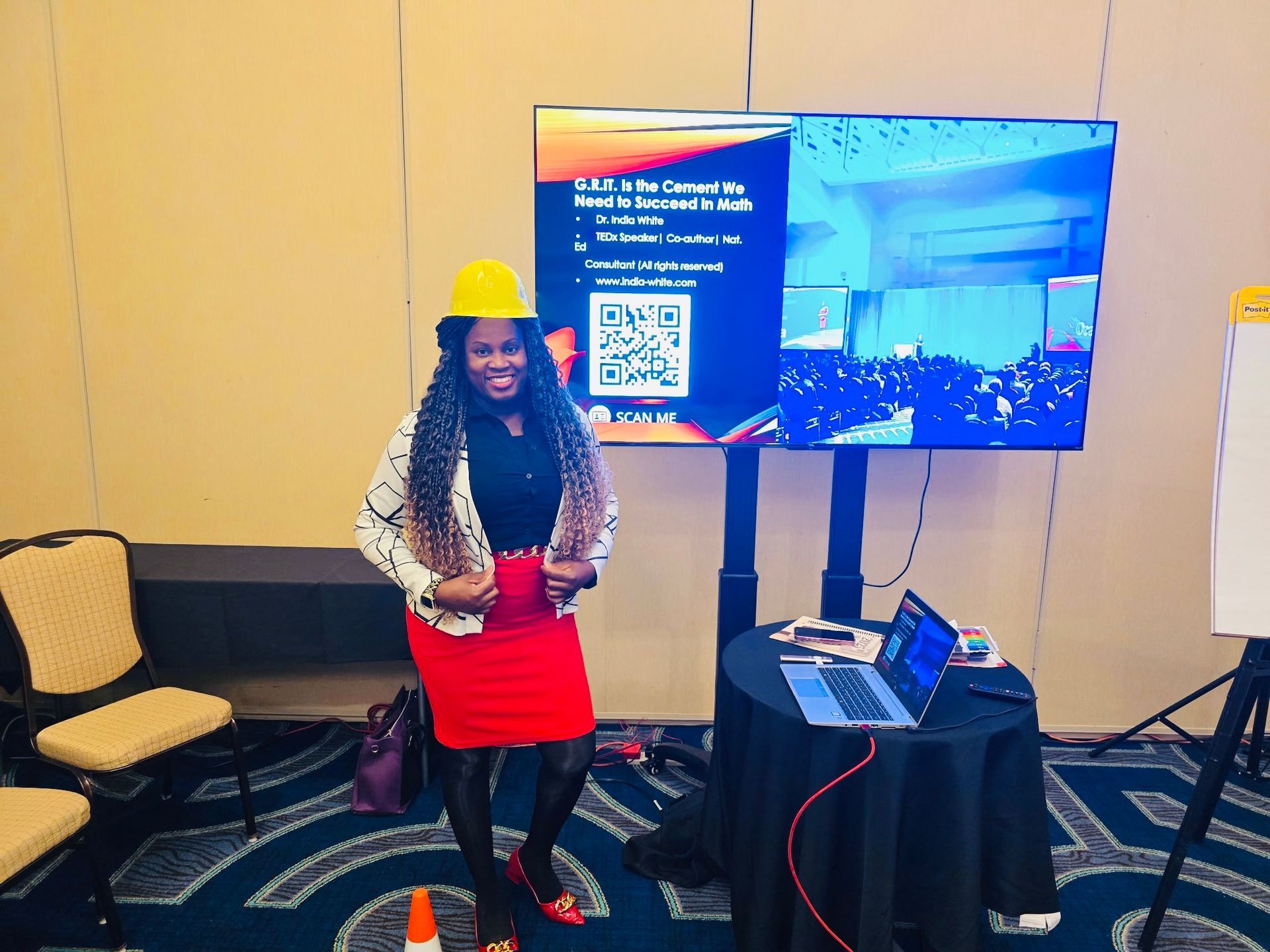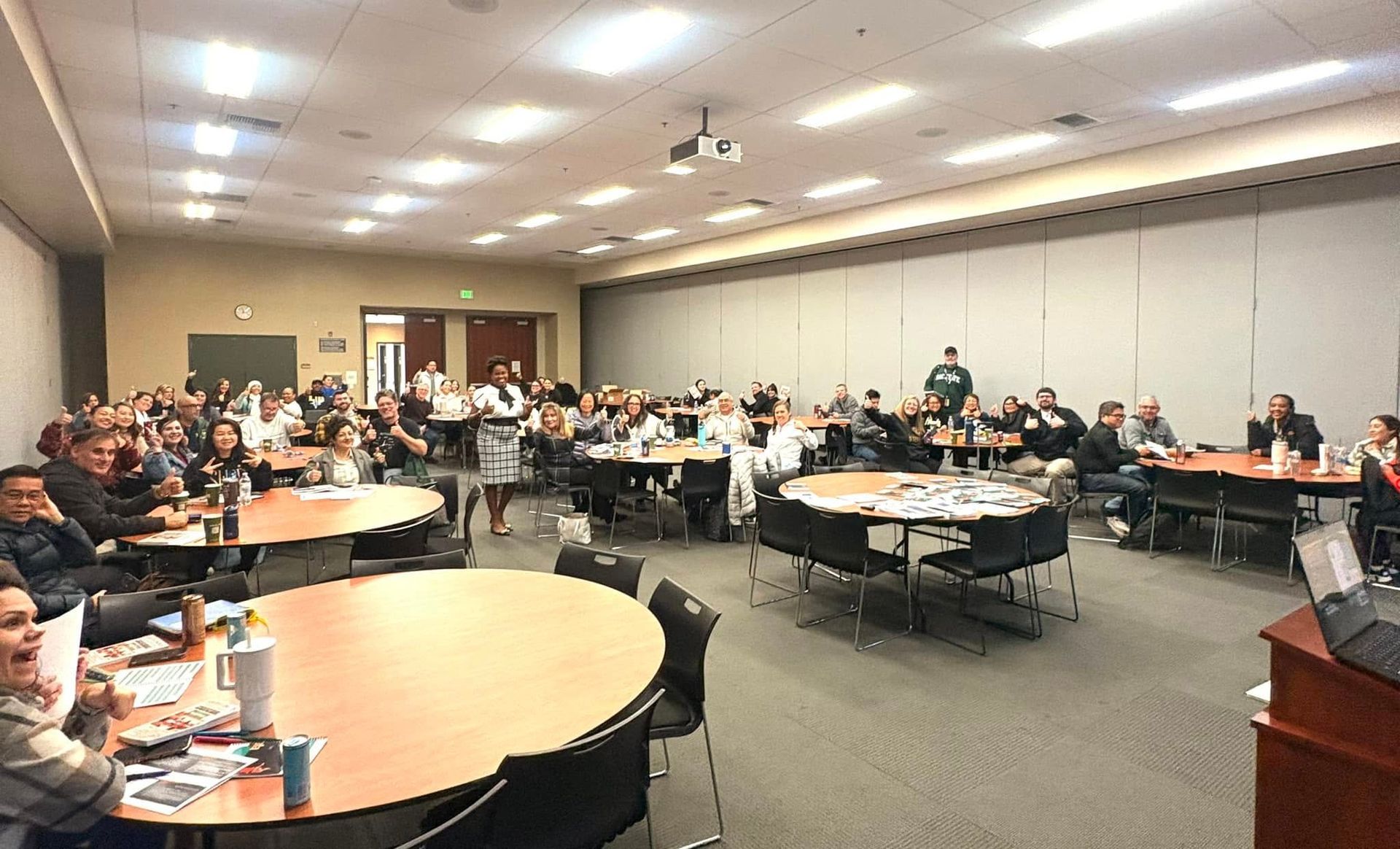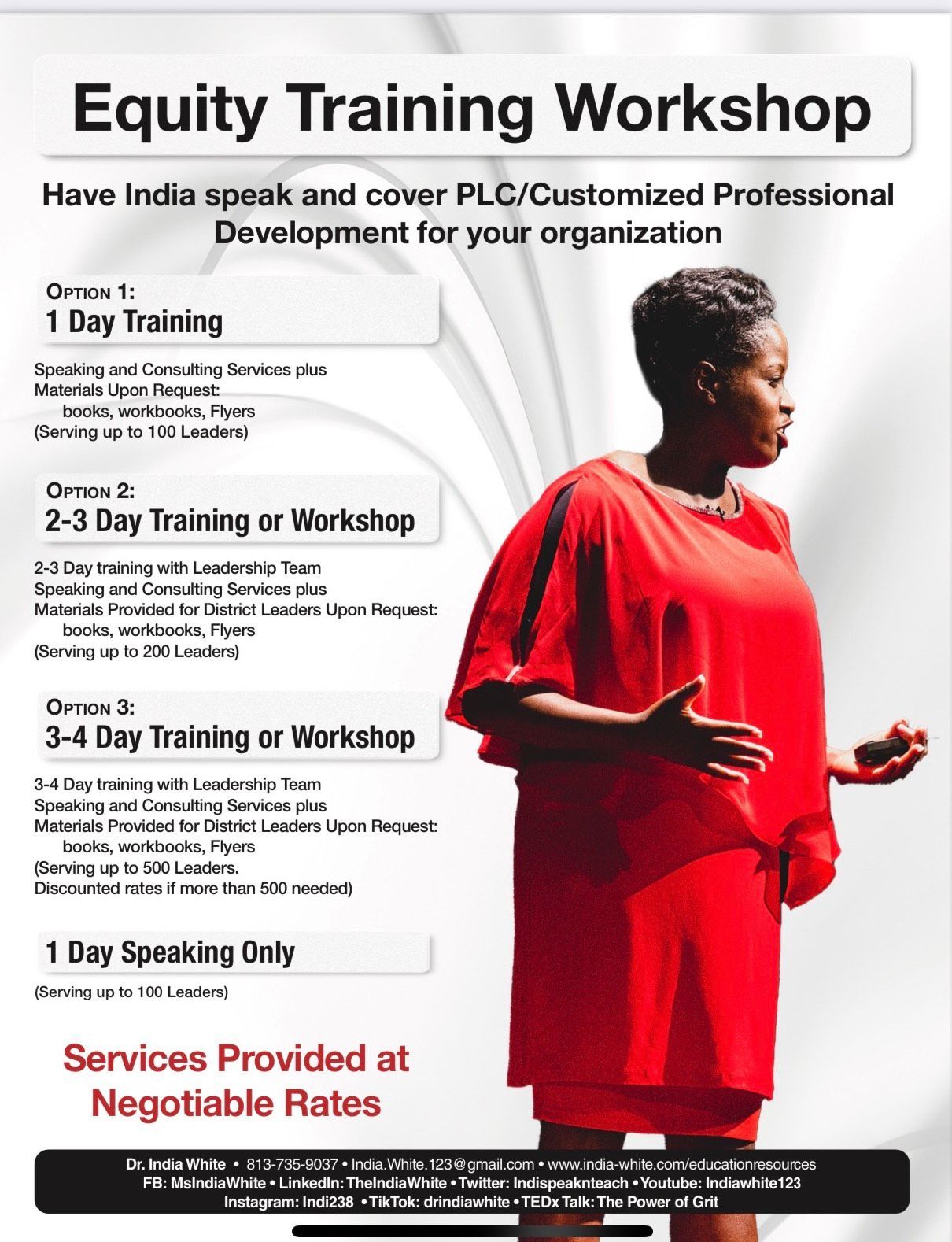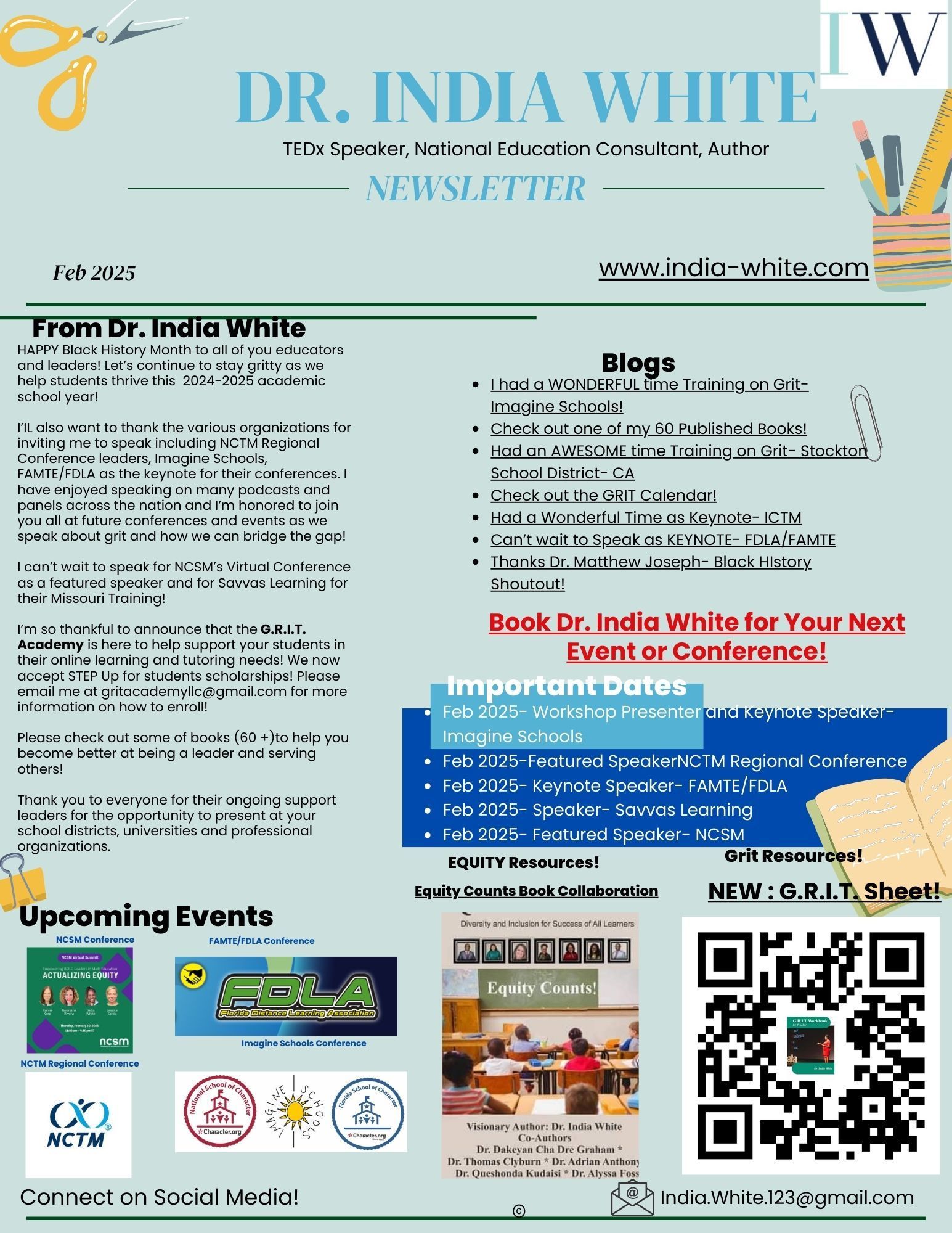Bridging the Achievement Gap Through Cross-Cultural Communication and Interhumanism in the Math Classroom
As our classrooms become increasingly diverse, bridging the achievement gap remains a pressing challenge for educators. Research shows that cross-cultural communication and interhumanism canplay pivotal roles in creating inclusive learning environments. By fostering genuine connections with students and understanding their unique backgrounds, teachers can promote academic success for all.
According to the
National Assessment of Educational Progress (NAEP) data,
disparities in math achievement persist among students from different cultural backgrounds. To address these disparities, educators must implement equitable practices that cater to the diverse needs of all learners. The
Equity Counts! Book collaboration
highlights the importance of fostering inclusivity and reducing bias in educational settings, underscoring the need for intentional efforts to understand students' cultural contexts.
Here are Five Tips for Teachers to Utilize Cross-Cultural Communication and Interhumanism in the Math Classroom
1. Integrate Culturally Relevant Contexts in Math Problems
a. Point of Use: When teaching fractions, use examples from students' everyday lives. For instance, ask students to create a recipe that requires different fractions of ingredients based on their cultural backgrounds, like measuring out 1/2 cup of rice or 3/4 cup of beans. This not only makes fractions relatable but also values students' cultural contributions.
2. Encourage Open Dialogue
a. Point of Use: Create opportunities for students to share how math is used in their cultures. For example, during a unit on statistics, encourage students to present data relevant to their community, such as average family sizes or popular community events. This promotes discussion about how different cultures perceive and utilize math in everyday life.
3. Utilize Collaborative Learning Strategies
a. Point of Use: Organize a project where students work in diverse groups to solve real-world problems. For instance, challenge groups to design a budget for a community event, incorporating concepts like percentages, addition, and subtraction. This not only fosters teamwork but also allows students to learn from one another's cultural perspectives on financial literacy.
4. Celebrate Cultural Diversity
a. Point of Use: Host a “Math Culture Fair” where students can showcase math concepts from their cultural backgrounds. For example, students could create posters explaining how their culture uses geometry in architecture or design. This event encourages students to take pride in their heritage while making math concepts accessible and engaging for everyone.
5. Reflect and Adapt Your Teaching Practices
a. Point of Use: After a unit on linear equations, gather feedback from students on their understanding and engagement. For example, you could ask students to reflect on how well they understood how linear relationships apply to their daily lives, such as in calculating distances or estimating travel times. Use this feedback to adjust future lessons, ensuring they resonate with students' experiences.
Conclusion
By employing cross-cultural communication and interhumanism in the math classroom, educators can effectively bridge the achievement gap. Integrating culturally relevant contexts, encouraging open dialogue, utilizing collaborative learning, celebrating diversity, and reflecting on teaching practices creates inclusive environments where every student feels valued and understood. These strategies not only enhance academic performance but also cultivate meaningful relationships, empowering all students to succeed. Together, we can build classrooms that embrace the strengths of our diverse student populations, ensuring that every learner can reach their full potential.
